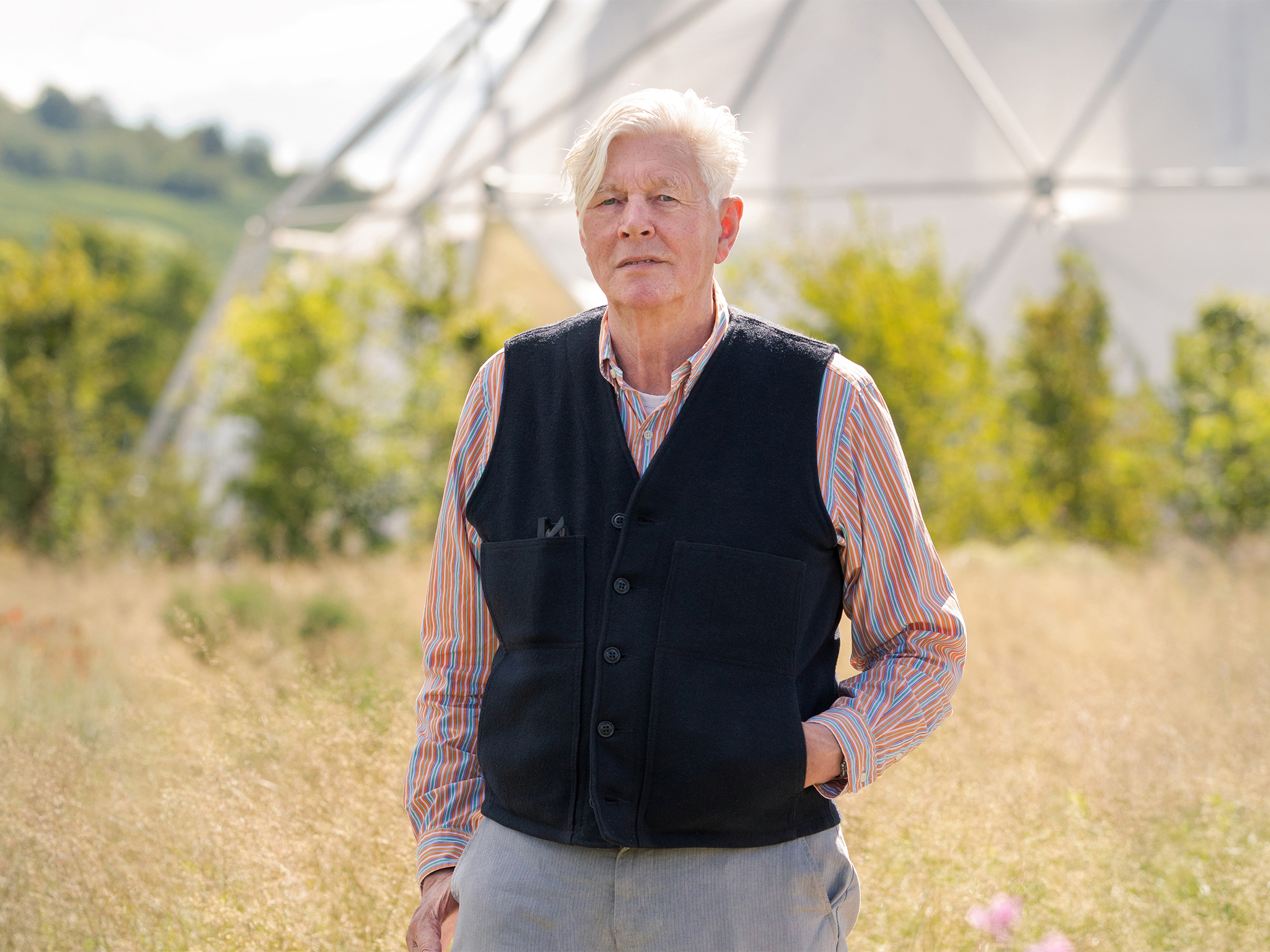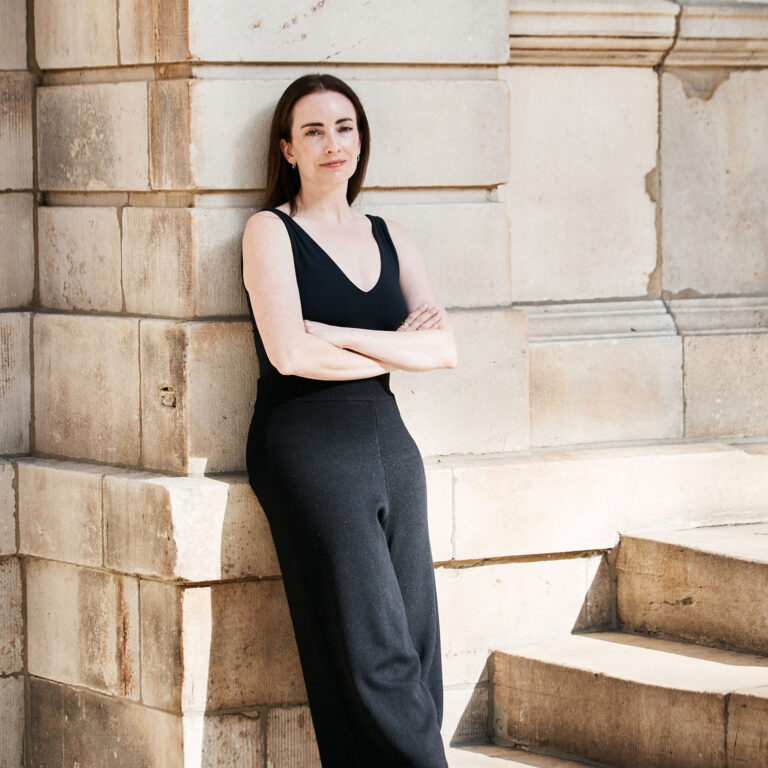
Dutch landscape designer Piet Oudolf, 76, may be the 21st century’s most famous gardener. Typically, all-star gardeners, like the 18th century’s Capability Brown, are revered for taming the landscape, imposing order on nature’s chaos. By contrast, Oudolf is known for planting grasses and perennials that inject a measure of wildness into exceptionally tame locales. When Oudolf, who enjoys tending his own garden in the Dutch village of Hummelo, talks about his work, he cites two qualities that sound contradictory: “resource-efficient and emotionally poignant.” But it’s not a conflict to Oudolf: “You want to make a garden that feels good in the context of the time that we live in, with our environmental problems.”
But his concept of responsibility has less to do with the environmental virtues of the plants he chooses and more to do with how the gardens shape those who encounter them: “Responsible gardens are gardens that can teach you, make you feel good. It’s a world unto itself. So you can lose yourself. That’s what I feel when I walk into my own garden. I feel that I come into another world.”

Asked to design a garden for the Swiss furniture maker Vitra, Oudolf walked its architecture-filled grounds. He chose a spot in front of VitraHaus, the Herzog and de Meuron-designed building consisting of elongated houses stacked like fireplace logs. The garden, which opened this summer, is a meandering network of paths designed to allow visitors to get just a little bit lost. “What I think of curved paths is that every move you make your perspective changes,” he says.
Oudolf believes the gardener’s role in the future will be much the same as it is in the present, although the simple act of sowing and tending plants “becomes more important every day.” His contribution toward the well-being of the planet, however, has more to do with how being among wild grasses and flowers make us feel: “I think that the gardens we make are contemplative, that people walk slow and stand still.” The plants, he adds, are there “for the soul.”
Craving more culture? Sign up to receive the Cultured newsletter, a biweekly guide to what’s new and what’s next in art, architecture, design and more.










 in your life?
in your life?

